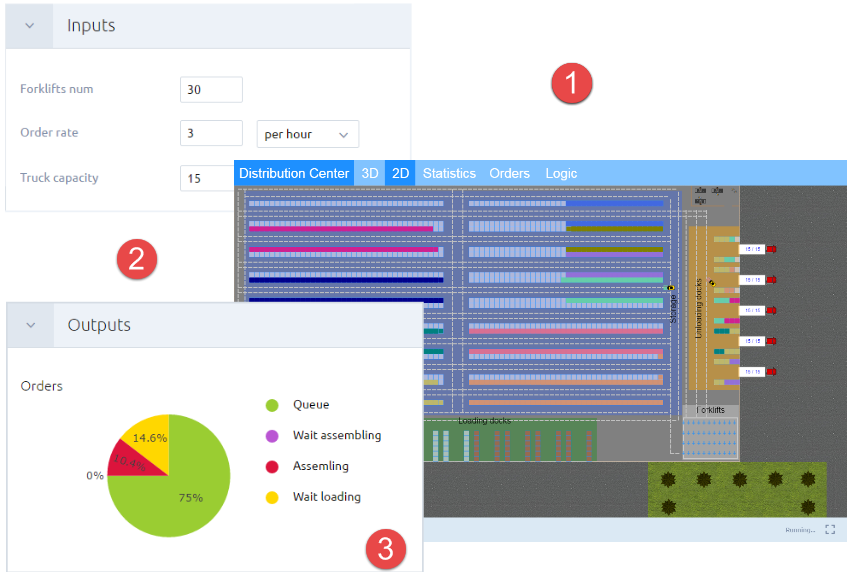
Birds, migration and emerging zoonoses: west nile virus, lyme disease, influenza A and enteropathogens. Jun 11,Īmerican Mosquito Control Association. The Big Book of Simulation Modeling: Multimethod Modeling with AnyLogic 6. Originally published in JMIR Research Protocols (). ©Hamid Reza Nasrinpour, Alexander A Reimer, Marcia R Friesen, Robert D McLeod. This research should be useful to others working on a variety of mosquito-borne diseases (eg, Zika, dengue, and chikungunya) by demonstrating the importance of data relating to Manitoba and/or introducing procedures to compile such data.ĪnyLogic ArcMap Manitoba West Nile Virus bird home range bird roosts land cover shapefiles.
#ANYLOGIC DATABASE SOFTWARE#
Accessing shapefiles and their databases in AnyLogic are also discussed.ĪnyLogic simulation software in combination with Esri ArcGIS provides a powerful toolbox for developers and modellers to simulate almost any GIS-based environment or process. Municipality shapefile maps were converted to built-in AnyLogic GIS regions for better compatibility with census data and initial placement of human agents. A significant amount of data regarding 152 bird species, along with their population estimates and locations in Manitoba, were gathered and assembled. A diverse variety of topics and techniques regarding the data collection phase are presented, as modelling WNV has many disparate attributes, including landscape and weather impacts on mosquito population dynamics and birds' roosting locations, population count, and movement patterns.ĭifferent maps were combined to create a grid land cover map of Manitoba, Canada in a shapefile format compatible with AnyLogic, in order to modulate mosquito parameters. The main technology used in this protocol is based on AnyLogic and ArcGIS software. This paper describes the data preparation phase of setting up a geographic information system (GIS) simulation environment for WNV Agent-Based Modelling in Manitoba. The first appearance of infected birds in Manitoba, Canada was in 2002. Since the 1950s, many outbreaks have occurred in various countries. If you run the model and double click on the population to see each agent inner working, you can see that the table function of each agent is populated with the data from table.West Nile Virus (WNV) was first isolated in 1937. This means that all table functions will be populated right after the agent creation. The completed function body will look like this:įinally, we execute this function “On Startup” of the Agent Type “Properties” window.
#ANYLOGIC DATABASE CODE#
We should write a similar code for the values and then pass both the “arguments” and “values” arrays to the “ setArgumentsAndValues” method. Then from this list we (a) get the Stream from the list, (b) map each double instance to its primitive value, (c) get the Array from the list, and finally assign it to an array of doubles called “arguments”: First we need to delete the cast to double part as shown below: However, the code that it generates needs some modification. To build those arrays, we can use the “ Insert Database Query” wizard as shown below: In that function, the arguments and value should be passed to “ setArgumentsAndValues” method as arrays of doubles (double). Now, we need to write a function to populate the table function.

Next step is to uncheck the “ Static” checkbox so that each agent can have a unique table function. It’s not necessary for the number of pairs to be equal for all the agents. For each unique ID there will be a set of data pairs. One option is to put the entire needed data in one table as shown below.Īs shown in the table above, each agent has a unique identifier (ID).


However, if each agent in your model has a table function with unique values and you want to populate them from database, then you need to do so by code.įirst step is to have your data structured in a way that could be read systematically. A table function could be populated with data (arguments and values) manually, by copy paste, or from AnyLogic built-in database.


 0 kommentar(er)
0 kommentar(er)
